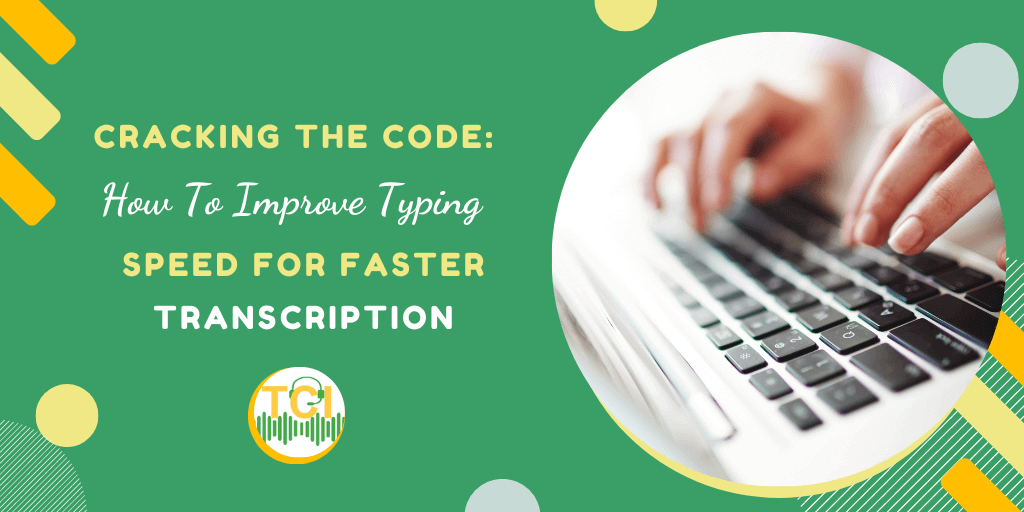⏳ New Year Sale Live — 40% OFF All Courses with code NY40 | See Pricing | Enroll Now

Have you ever dreamt of turning your eagle eye for detail into a rewarding career? Transcription might be the perfect fit! But before you step into the world of deciphering audio recordings, there's one crucial skill to master: typing speed. This brings us to that one important question- how fast do you need to type to be a transcriptionist, and what are the best ways to improve typing speed? For general transcription, a typing speed of around 60-80 words per minute is considered good, while for medical or legal transcription, a speed of 80-100 words per minute is often required.
Imagine listening to an interview with valuable insights but struggling to keep up as you type. A slow typing speed can bottleneck the entire transcription process, leading to frustration and missed deadlines. Here's why improving your typing speed is key:
The faster you type, the less time you spend catching up with the audio. This translates to quicker transcription turnaround times and increased productivity. Imagine the satisfaction of completing more projects in less time, all because of your improved typing speed.
When you're not scrambling to keep up, you can focus on capturing every detail accurately. This ensures high-quality transcripts that meet client expectations.
Many transcription jobs are paid by the audio hour transcribed. Faster typing translates to more completed projects and potentially higher earnings.
Don't underestimate the power of proper finger placement on the keyboard. Many online resources offer interactive tutorials to help you learn the home row and touch typing.
Wean yourself off looking down at the keys. Train your muscle memory to locate letters instinctively. This frees up your visual focus so you can listen attentively to the audio.
To avoid fatigue and potential injuries while typing, maintain good posture. Sit straight with your elbows at a 90-degree angle and your wrists relaxed. Good posture not only prevents strain on your muscles and joints but also allows for better blood circulation, which can improve your typing speed and accuracy.
The more you type, the more comfortable and efficient you'll become. Set aside dedicated practice sessions using online typing games or platforms with progressively challenging exercises. Remember, improving your typing skills is a journey, not an overnight achievement. With consistent practice, you'll see steady progress and eventually master this essential skill for transcription.
A gamified platform with engaging lessons and typing tests to track your progress.
Focuses on building muscle memory with customizable practice sessions.
Race against virtual opponents in a fun and interactive typing challenge.
Offers various typing tests and exercises to improve accuracy and speed.
Compete with others in a race-style typing game while building your vocabulary.
Don't let slow typing hold you back from a fulfilling career in transcription! Start your typing journey today with us. Remember, consistent practice is key. However, improving your typing speed can be challenging at times. You may find it difficult to break old habits or struggle with maintaining focus during practice. To overcome these challenges, try setting specific goals for each practice session, using a variety of practice methods, and rewarding yourself for reaching milestones. With dedication, you'll be transcribing like a pro in no time! Check out our comprehensive guide on "How to Get Started As a Transcriptionist- A Complete Free Guide" to learn more!
Can be better
Easy to read/ understand
Found it helpful

Your TRANSCRIPTION CAREER CAPSULE to Help You BOOST Your Potential
Latest Industry News, Jobs, Tips and More..

Comments are closed